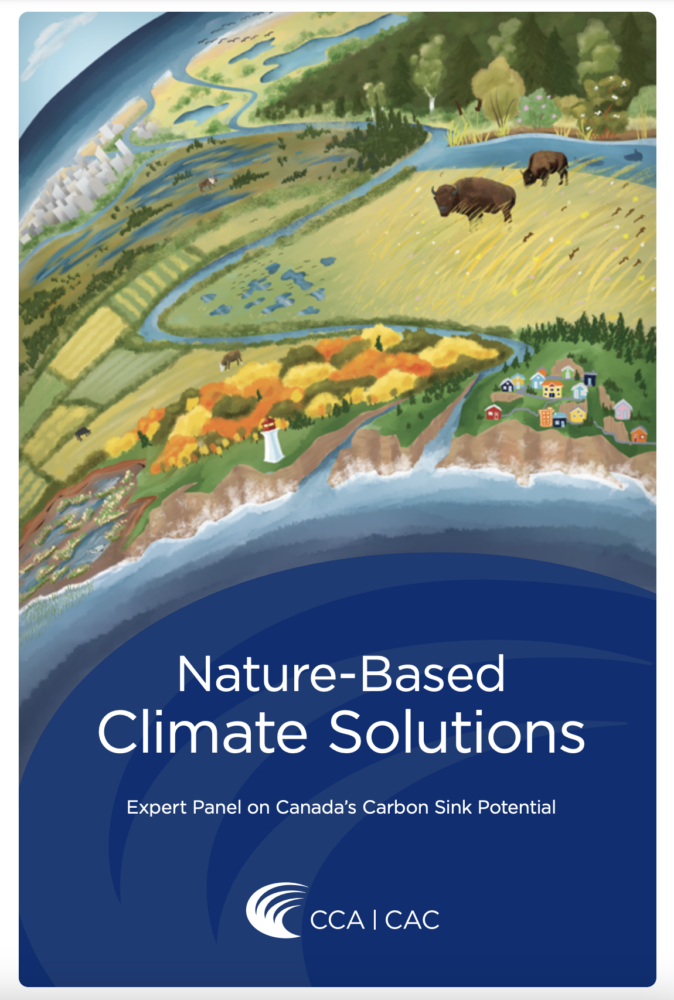
Nature can help us mitigate climate change, although we’ll need to make longer-term changes and cuts to greenhouse gas (GHG) emissions to reach Canada’s net-zero emission goals.
That’s the key message in a report released this week by a national expert panel that included a University of Guelph environmental scientist.
The report, called Nature-Based Climate Solutions, was released by the Council of Canadian Academies. Written for Environment and Climate Change Canada, the document spells out how nature-based climate solutions (NBCS) – including wetlands, grasslands, farms and forests, as well as lakes and marine coastal regions – can help sequester and store carbon and reduce Canada’s GHG emissions.
The panel said protecting those ecosystems may help mitigate about six per cent – or the equivalent of about 40 megatonnes of CO2 – of the 2020 emission levels of greenhouse gases in Canada.
Along with many other countries, the federal government has committed Canada to achieving net-zero emissions by 2050.
Nature-based climate solutions will help – but other solutions needed, too

“This report stems from interest in Canada and elsewhere to use nature, including agriculture, as a way to help us get to our net-zero emissions goals,” said Dr. Claudia Wagner-Riddle, a professor in the School of Environmental Sciences within the Ontario Agricultural College and a member of the national expert panel.
“Nature-based climate solutions can make an impact, but it’s a modest one,” she said. Calling NBCS a transition step, Wagner-Riddle said, “Nature-based climate solutions are not the ultimate solution to our problem but until we figure things out, they will help us buy time while also bringing other benefits.”
The report documents aspects of NBCS, including protection of forests and grasslands. Wagner-Riddle helped write a chapter on agriculture and grasslands that discusses farming practices to mitigate GHG release, including use of cover crops and no-till farming.
“Things we do on the landscape can help to capture more carbon or reduce emissions,” said Wagner-Riddle. She said the report provides much-needed information about the magnitude, feasibility, longevity and associated benefits of NBCS that will inform government actions.
The report explores how Indigenous peoples are key partners in carbon sequestration initiatives in Canada.
Earlier this year, Wagner-Riddle’s lab presented study results showing cover crops such as red clover can help mitigate soil release of nitrous oxide, a more potent GHG than carbon dioxide. Ottawa is calling for a 30-per-cent cut in greenhouse gas emissions from soil caused by nitrogen fertilizer. Agriculture accounts for about 10 per cent of Canada’s GHG emissions.
Contact:
Dr. Claudia Wagner-Riddle
cwagnerr@uoguelph.ca
